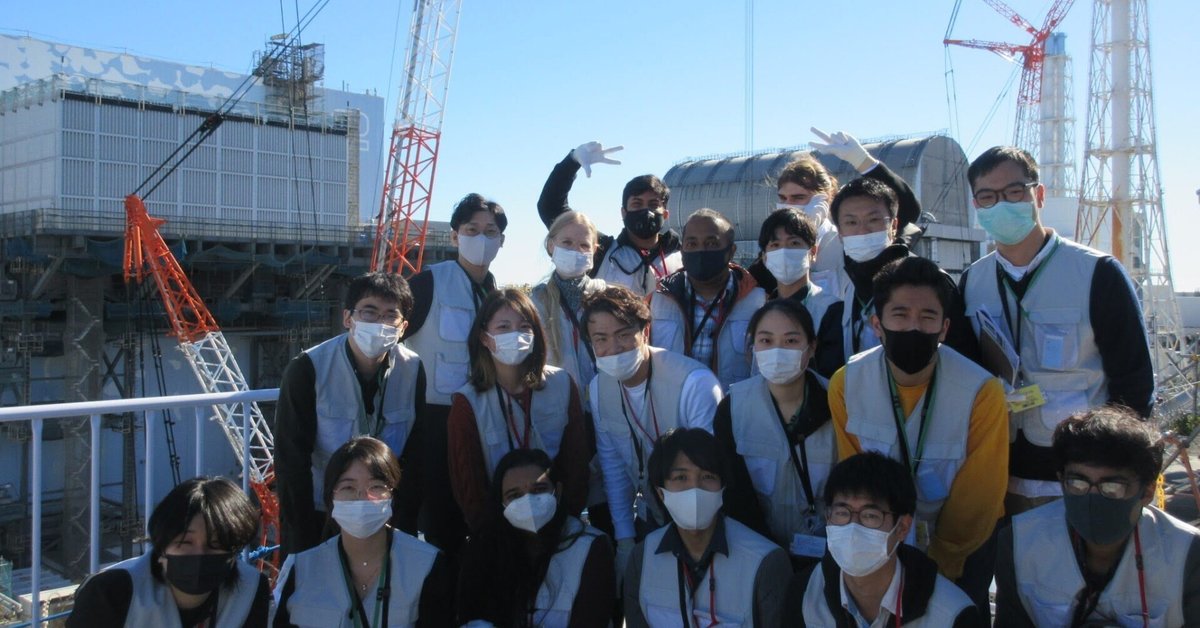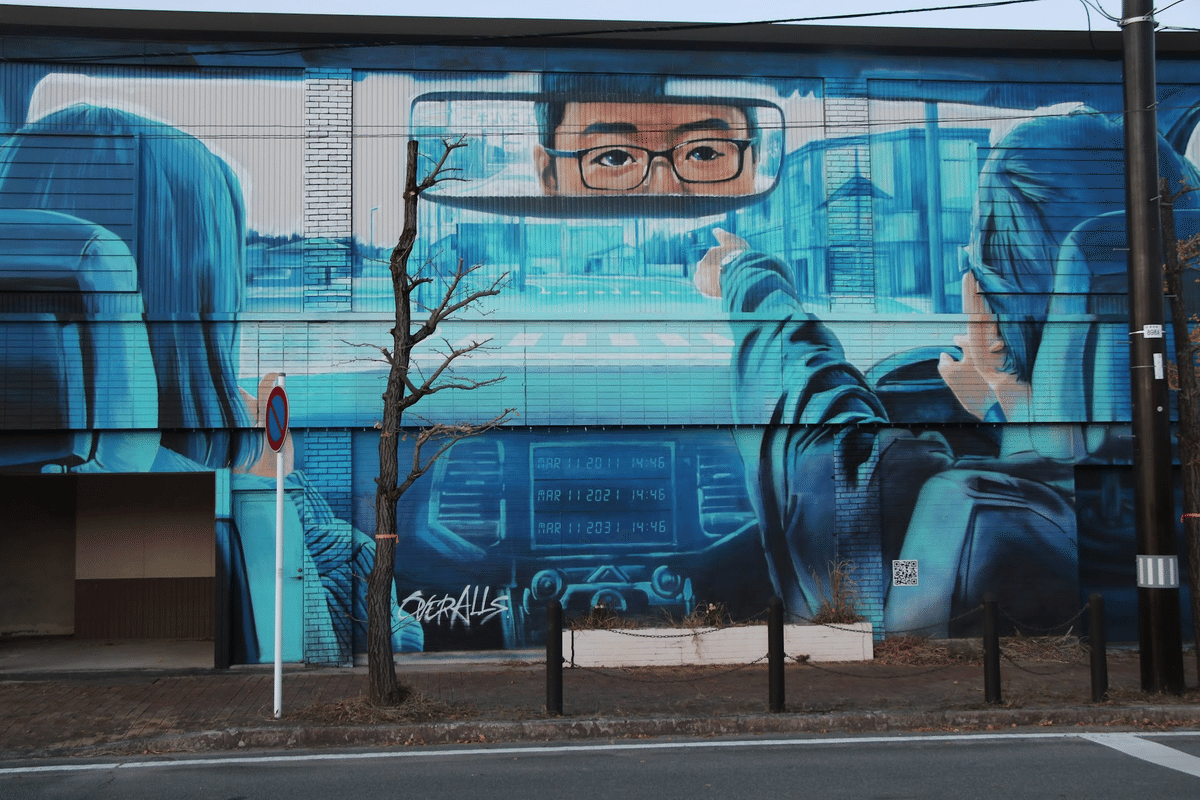
2021 GSC Fukushima-Bu Study Program 【1Day.1】
Hello, Everyone!
This is Makky from GSC Yokohama hub!
It has already been one month since our 2021 GSC Fukushima-Bu Study Program.
In this article, I would like to share the experience of one of the study program members, Saksucha Submakudom (Earth) !

He kindly shares my experiences of the 1st day of this study tour! I hope you enjoy reading this article!
Self introduction
My name is Saksucha Submakudom (my nickname is “Earth”) and I am from Thailand. I am currently a Master student in Energy Science and Engineering at Tokyo Institute of Technology, sponsored by the Japanese government scholarship (MEXT). Before coming to Japan in July 2021, I have been working around three years in Southeast Asia’s energy sector for United Nations ESCAP, the German International Development Agency (GIZ), and others. I was also selected as a young leader by the U.S. Department of State's Young Southeast Asian Leaders Initiative (YSEALI) in Energy Economy and Policy. I got a Bachelor in Nuclear Engineering from Seoul National University in 2019 on a Korean Government Scholarship.
This study tour was very interesting for me and anyone working in the energy sector. The study tour gave me first-hand experiences of visiting both the Fukushima Daiichi Nuclear Power Plant and the recovery efforts in the surrounding area. Although nuclear power is one of many solutions to solve climate change, the nuclear disaster caused global public mistrust and damaged the nuclear industry in terms of energy policy. I also learned how various Japanese stakeholders such as the government, private sector, local communities, etc. are working together to reconstruct from the earthquake and develop the community forward. Lastly, the study tour helped my research in energy transition scenarios modelling as well as connecting me with fellow participants who share a similar interest.

First of all, thank you GSC Yokohama Hub for being the main organizer and both Ministry of Economy, Trade and Industry (METI) and Ministry of Environment (MOE) for being sponsors. I have learned a lot and met awesome people from this study tour. 😄 In this post, I will cover our Day 1. It was the first time that I rode a Shinkansen bullet train! Although I had to wake up super early to go to Tokyo via local train, it took me only 90 mins from Tokyo to Fukushima station. 🚅 The weather was super nice and autumn was in full swing! 🍂🍁 Nonetheless, there was not much time to rest once I arrived, and our tour began.
Day 1.
On the first stop, we went to the MOE’s Soil Recycling Project. To reduce the radioactive contamination of the environment (particularly Cesium 134 and 137) from the nuclear accident, MOE completed the surface decontamination in all 100 cities, towns, and villages, and only 2.4% of the prefecture's land was still difficult-to-return area. This reduces Fukushima's air dose rates to the same level as other major cities abroad. However, this effort also generated 14 million m³ of radioactive soil that needed to be disposed of. Recycling is the key to reducing the amount of waste for final disposal. In the first step, radiation detectors are used to identify soil bags with less than 8,000 Bq/kg. Then the sorted bags are torn open by machine, and foreign matter (stone, vegetation, metal etc.) are removed from the soil. After checking the radioactivity level, the recycled soil is then used as the foundation for flowers and energy crops plantation (with layers of fresh soil on top). Although MOE has also experimented with vegetables and found radiation levels to be within standard value for food products, it is not recommended for consumption. ☢️



Then we went to the Great East Japan Earthquake and Nuclear Disaster Memorial Museum. Here we learned and experienced how the event unfolded and its impacts to Japanese people. The stories of sacrifice and loss of loved ones were heartbreaking. However, the museum also showed us that even in that disastrous moment, hope exists. Both domestic and international efforts went in helping to recover local communities from the earthquake as well as the nuclear disaster. Although some wounds could never be fully healed, we can move forward.


Toward the end of the day, we went to Futaba town which is one of the most affected areas. Officially, the population here is still zero but we can see some sign of recovery. The old town hall was used as an evacuation center on the first day, but after the hydrogen explosion in the nuclear power plant, the evacuation area expanded and forced everyone to leave. We then went to the town district which was abandoned and damages from the earthquake were still visible. But then we walked to the reconstructed Shohatsu Shrine. This shrine is said to have been built over 400 years ago but it nearly collapsed during the earthquake. However, it was rebuilt in 2019 and now stands for the symbolic recovery of the local community. Lastly, we walked past the Futaba Art District and arrived at the newly opened Futaba Station. The infrastructure investment into the local area could help with resettlement.



#Fukushima #disasterrecovery #earthquake #japan #nuclear #energytransition #GSC #gscyokohama
